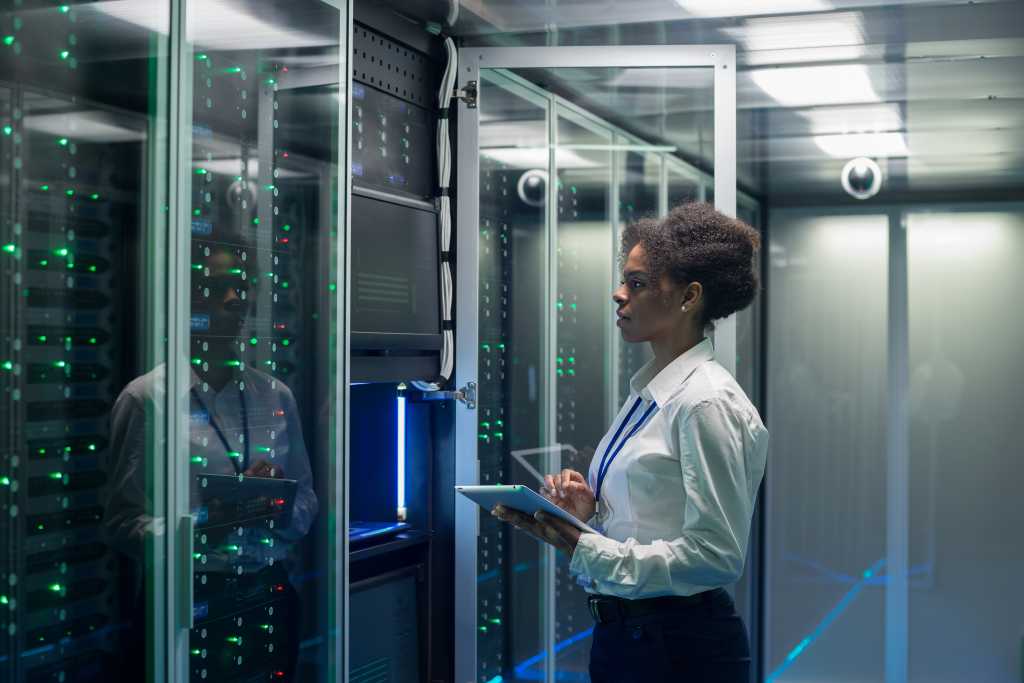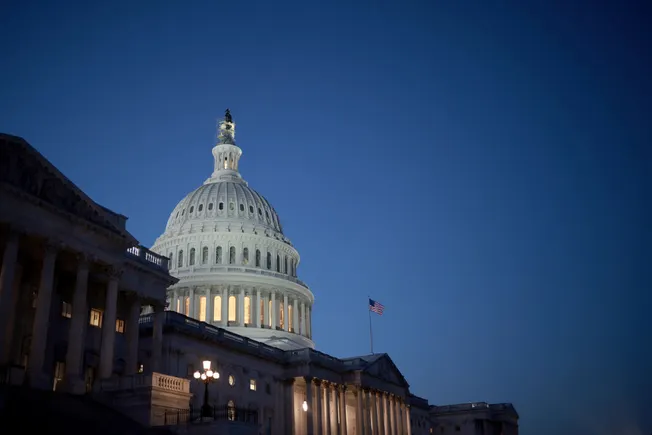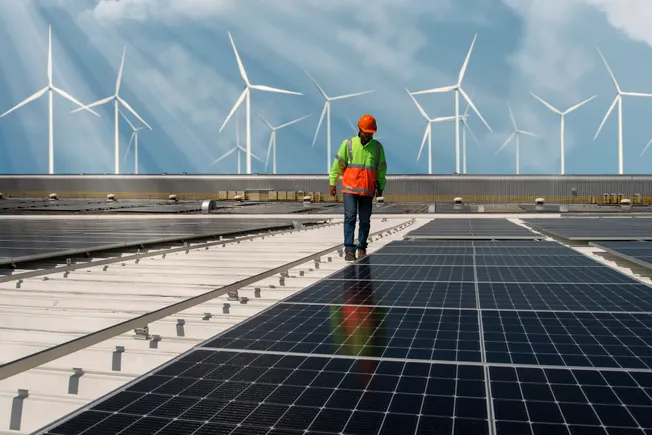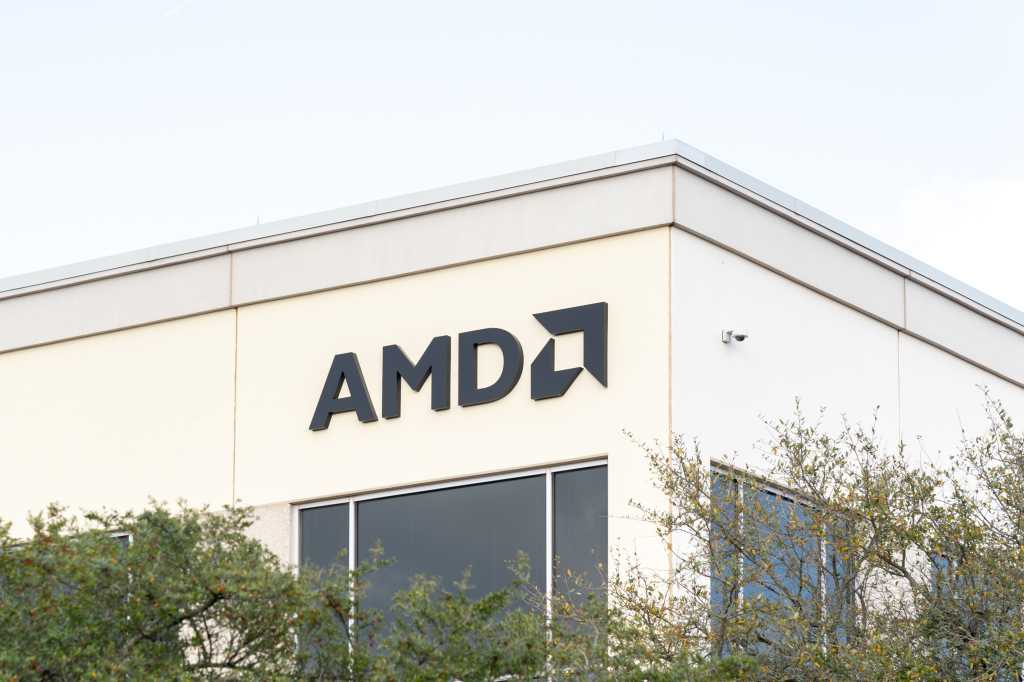
“With CPQ more seamlessly embedded into the sales and order management capabilities, sellers can increase productivity by exponentially reducing time towards building sales quotes and recording opportunities in the system. But also, as the system learns, it can also recommend the right products and services to add to a particular deal or help in generating cross-sell and upsell revenue potential,” said Martin Schneider, vice president and principal analyst at Constellation Research. “Logik.ai users who do not have ServiceNow can definitely add more self-service capabilities to drive more frictionless commerce inside their business and provide more seamless customer experience.”
As for how these CRM capabilities tie into ServiceNow’s service management capabilities, Schneider said the company’s approach to agentic AI and workflow will further automate the CPQ process and bring in more data sources to provide recommendations and configurations. The acquisition will take advantage of other synergies amongst the CRM and service management products as well, he said.
“Service management, whether it is internal helpdesk or external call-center or support center, is inside the ‘CRM lifecycle’ of marketing, sales, customer support/experience. ServiceNow is simply building out a full suite of CRM offerings. And given their exceptional core workflow, these are going to be compelling, again, when you consider ServiceNow’s investment in agentic and generative AI capabilities,” Schneider explained.



















